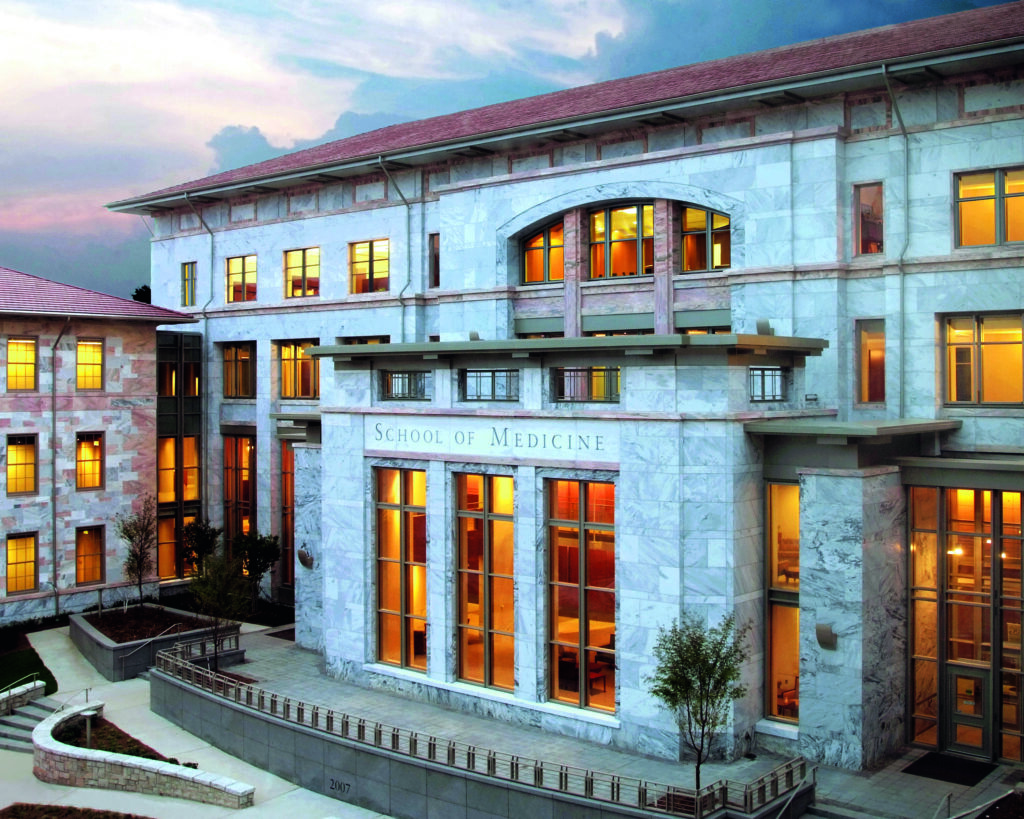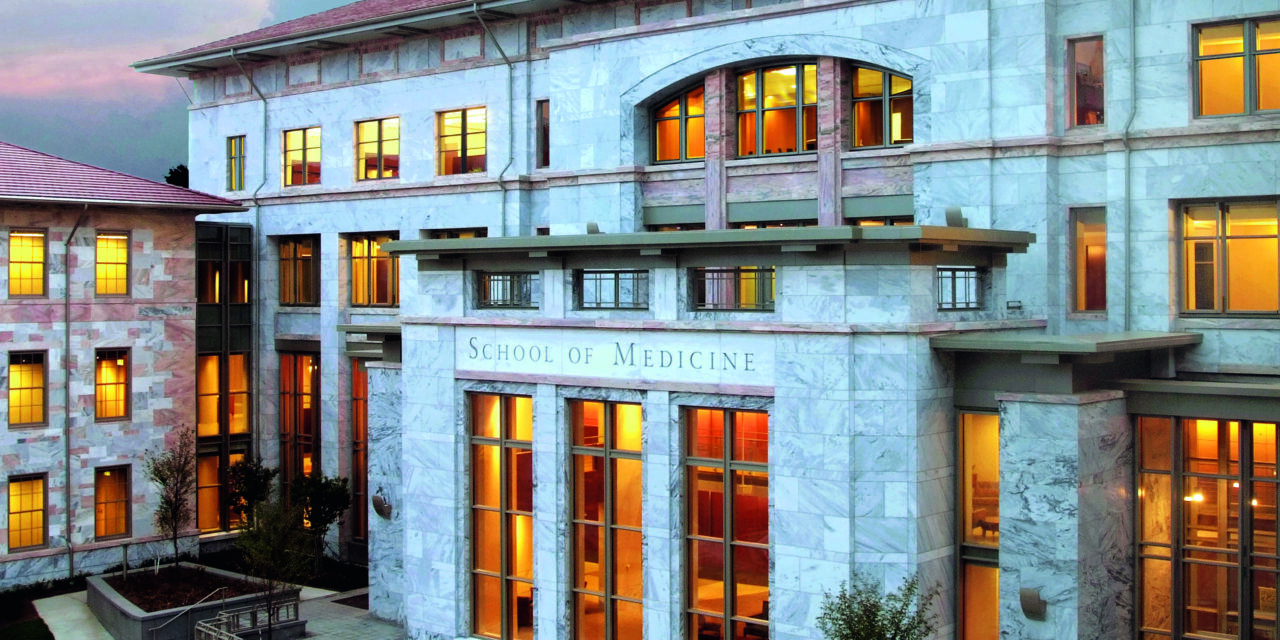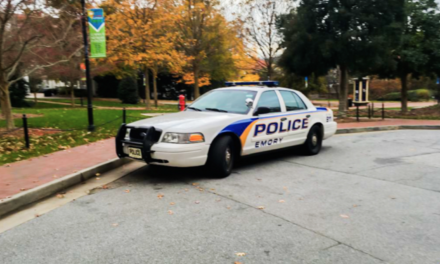More prospective Emory University School of Medicine students have begun taking gap years to improve their resumes and increase their chances of getting accepted in recent years, the medical school’s director of admissions Ira Schwartz said. Schwartz explained that while well over half of Emory medical students took gap years when he joined the University in 1991, that number has spiked in recent years, with over 90% of first-year medical students in the 2022-23 cohort taking at least one gap year.
Professor of Emergency Medicine Joshua Wallenstein (01M), who is on the medical school’s admissions committee, has witnessed this trend firsthand. He said that gap years were viewed as a nontraditional path in the past and that he and most of his peers continued directly to medical school after college over 20 years ago.
“There were students who took gap years, but in general those were students who either decided later on in college that they wanted to go to medical school and didn’t have enough time to complete the prerequisites, or there were students who maybe entered other careers after college or got other degrees and then decided that they wanted to go to medical school,” Wallenstein said.
This trend is not unique to Emory. According to the Association of American Medical College’s (AAMC) 2023 Matriculating Student Questionnaire, which was distributed to U.S. medical students who began their training during the 2023-24 academic year, 73.2% of respondents took at least one gap year, an increase from the 57.9% of respondents who reported the same a decade ago. Due to this shift, the average age of first-year medical students increased from 22 in the mid-1990s to 24 in 2023.
Schwartz said that the increasing competitiveness of the application process is one of the major reasons for the increase in students taking gap years before medical school. While the number of medical school applicants increased by 6.25% nationally between the 2014-15 and 2023-24 academic years, the number of enrolled medical students only increased by 2.6%.

More students are taking gap years before coming to Emory’s School of Medicine. (Courtesy of Emory University)
The national acceptance rate for allopathic medical school is 5.5%. Emory’s medical school is especially competitive with a 3.3% acceptance rate. Additionally, students entering Emory’s medical school this academic year had an average MCAT score of 515.4 — notably higher than the national average of 511.9 for medical students who enrolled this year.
Zvipo Chisango (25M), who took a gap year before medical school, said that the increased time taken by students before entering medical school could be due to growing competition. She added that expectations for research and clinical hours might also be a factor. Emory’s medical school emphasizes clinical experience as critical for a strong application, favoring applicants with 100 to 150 hours of clinical work in the admissions process.
By taking a gap year, Chisango said that students have more time to accomplish these tasks and decide what they “want out of life.” Schwartz expressed a similar sentiment, saying that more students are taking a year after undergraduate education to ensure that medical school is the right path for them.
“It’s a really good thing for young adults to ensure that they want to be doctors before they apply,” Schwartz said. “Speaking for the faculty on our admissions committee here at Emory, we’re very pleased to see people take one, three, four gap years.”
Chisango said that gap years allow students to not only gain a work background but also life experiences that will be harder to make time for during medical school.
Wallenstein said that taking gap years before pursuing graduate education has been the norm in other fields, such as business. For example, before applying to Emory’s Master of Business Administration program, prospective students are expected to have at least two years of full-time work experience with students having an average of six years.
“It seems as if the programs want to see some work experience, some life experience and an added maturity that goes along with that,” Wallenstein said. “It’s possible that the same mindset has developed within medical education.”
However, taking a gap year prior to medical school can have drawbacks. Wallenstein acknowledged that while students can gain experience during a gap year, it extends an already lengthy academic journey.
“We all know that it’s a very long road to being a doctor and that, after medical school, it’s another three to 10 years of residency and fellowship training for most physicians,” Wallenstein said. “So you’re already talking about finishing your residency and fellowship sometime in your early to mid-30s without a break and this pushes it back even further.”
Additionally, taking time off from an academic environment could make the transition to medical school more difficult, Minority Premedical Society co-President Precious Ajiero (24C) said. Despite this, Ajiero said she still plans to take a gap year before medical school to strengthen her application.
“Being in medical school after a year or plus of being off can cause a harder … readjustment period because you’re not in that academic space,” Ajiero said. “Therefore, getting back into the swing of things in an academic-facing medical school may take longer and it may be harder.”
In addition to the academic setbacks that a gap year can pose, Chisango said that it can also be a financial barrier. She explained that gap years are not an option for many students due to the low salaries of many common pre-medical jobs, such as medical scribes and assistants. Medical scribes are compensated $12.67 per hour in Atlanta on average — notably well below Atlanta’s living wage of $18.93 for one adult without children. Additionally, medical assistants typically earn low wages, at an average of $18.95 per hour in Atlanta. Chisango also emphasized that other opportunities, such as internships, are sometimes unpaid.
“A lot of the interesting work and work that we find to be meaningful and we want to do rather than college is unfortunately unpaid,” Chisango said.
This is on top of an already costly medical school application process, although financial assistance is available. The initial registration fee for the MCAT is $330. From there, most medical schools require students to apply through the AAMC’s application, which costs $175 for their first school and $45 for each additional medical school. Most medical schools also require a secondary application in which the fees vary.
Schwartz called the financial barriers in the medical school application process a “structural issue.” He said the lack of subsidization of medical education drives away many qualified individuals from pursuing medical school.
“For people who can’t afford to do anything other than get a job that pays — well, then it’s a different sort of gap experience,” Schwartz stated. “My colleagues on the admissions committee understand that there are individual decisions to be made.”
Ajiero advised pre-med students who are deciding if a gap year is right for them to reflect on their individual undergraduate experiences.
“You should make that judgment on yourself,” Ajiero said. “You can seek advice from others, but you should really sit down and reflect on yourself on whether you’re ready to apply for this upcoming cycle.”
Science & Research Desk | Julia Laszcz (she/her 24C) is from Bergen County, New Jersey, majoring in neuroscience and behavioral biology and English. Outside of the Wheel, Laszcz is a writer for Grey Matters. Laszcz also is a volunteer for her town’s ambulance corp. She likes to cook new recipes and play with her dog.





